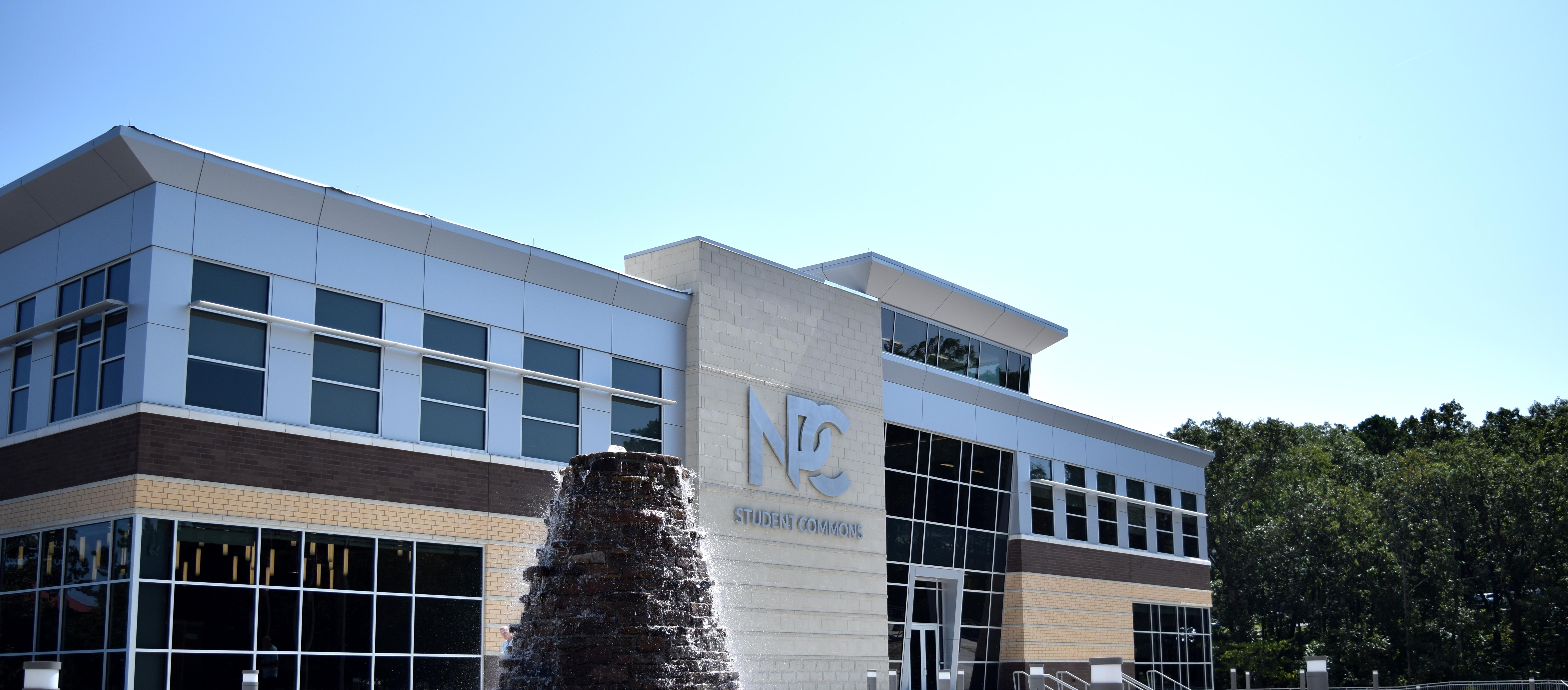EMSP 1532.5 - Advanced Paramedicine II 2.5 Credits
This course provides an in-depth study of special patient populations encountered in the prehospital setting and is required for paramedic certification. Topics include appropriate interventions/treatments for disorders/diseases/injuries affecting the following systems: obstetrics, neonatal care, pediatric, geriatric and patients with special challenges. Topics also include information on operations in EMS including MCI, extrication, hazardous materials, terrorism, disaster response, crime scenes and transportation.
NOTE: The course number in OASIS appears as EMSP-1533
Prerequisite: EMSP 1518 Advanced Paramedicine I, EMSP 1521 Pharmacology II, EMSP 1523 Practicum II
Corequisite: EMSP1524.5 (1533) Practicum III
1 Hours Lecture, 1.5 Hours Lab Course Level Objectives
Upon successful completion of this course the student will be able to:
1. Analyze injury patterns based upon epidemiology mechanism of injury, and patient risk factors. (PLO 1)
2. Predict injury severity based upon clinical examination findings, mechanism of injury and organ system affected. (PLO 1, 2)
3. Perform a rapid trauma assessment on a simulated critical trauma patient and a focused history and physical examination on a simulated stable trauma patient consistent with the current national standards for paramedics.(PLO 1,2,3)
4. Demonstrate proper advanced life support management of critical and stable trauma patients within the scope of practice of a paramedic. (PLO 1,2,3)
5. Apply knowledge of pathophysiology of hemorrhagic shock to simulated patient scenarios and the clinical condition of the patient. (PLO 1)
6. Demonstrate foundational knowledge of the pathophysiology, differential clinical findings and treatment guidelines of various internal and external injuries to the head, face, neck, chest, abdomen, back and extremities. (PLO 1, 2)
7. Demonstrate proper use of the medical incident command system when performing in any of the medical group officer roles (medical group supervisor, triage, treatment, staging, transport officers). (PLO 1, 3)
8. Describe the purpose and overall structure of the medical incident command system. (PLO 1)
9. Demonstrate knowledge and practice of personnel safety issues, crime scene awareness, transport considerations and need for additional expert resources on simulated routine EMS incidents and multiple casualty incidents. PLO 1, 2)
Add to Portfolio (opens a new window)
|

